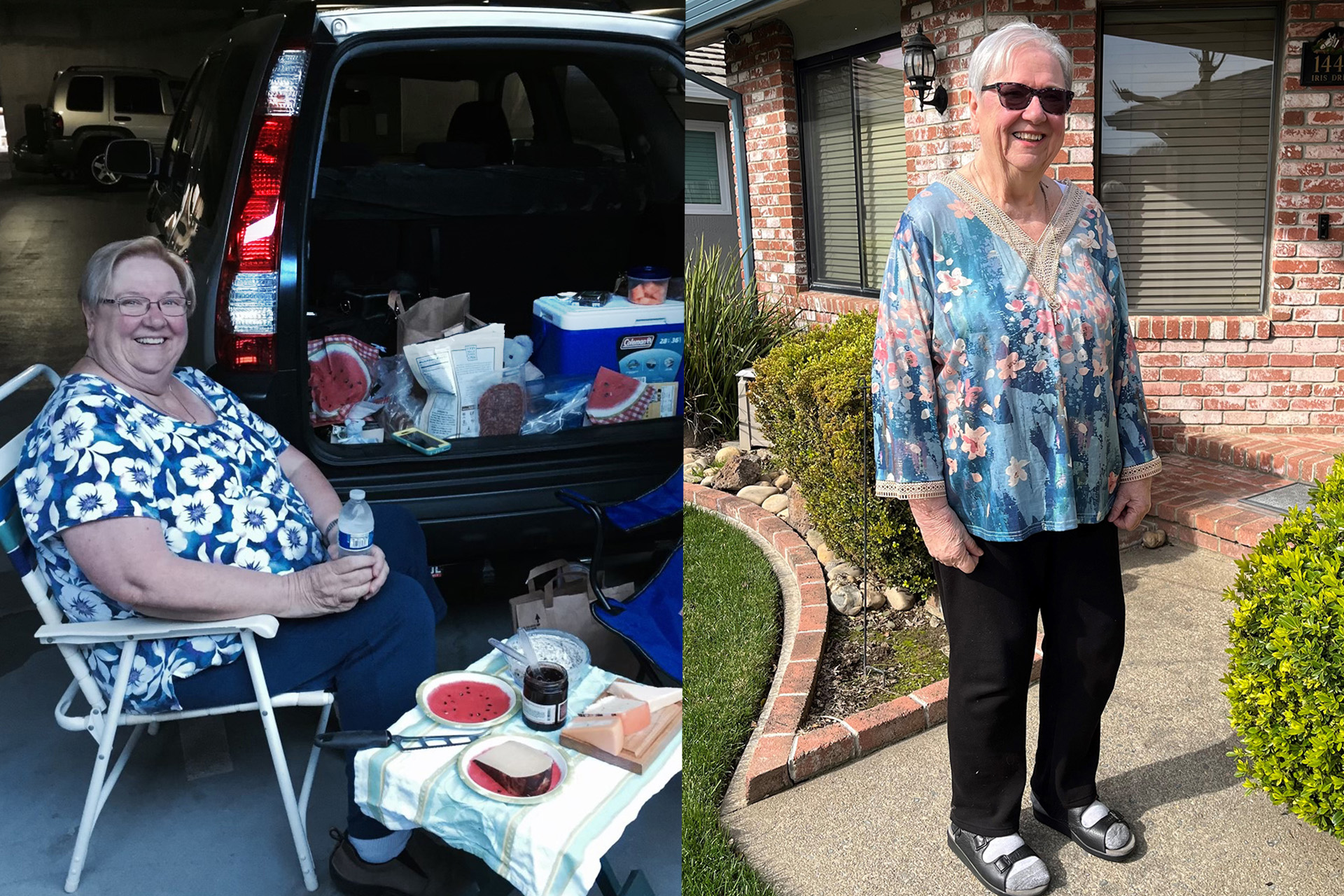One in four women and one in seven men have experienced severe physical violence by an intimate partner during their lifetime. Hear from an emergency department physician leader about how Kaiser Permanente can help break the cycle.
InsideKP Northern California turned to Gus M. Garmel, MD, senior emergency physician at Kaiser Permanente Santa Clara and clinical professor of Emergency Medicine at Stanford University’s School of Medicine, to hear how he works to eradicate intimate partner violence (IPV) and treat its victims in the Emergency Department. October is national Domestic Violence Awareness Month.
What is each caregiver’s role in IPV?
Clinicians in all disciplines need to consider IPV in all patients and provide help to those in need — whether or not they know they need help or are comfortable seeking it. IPV can be missed; detection isn’t always easy. It happens in so many forms — physical, emotional, economic — and to all age groups, genders, classes, and ethnicities. Clinicians must be aware how prevalent IPV is, offer support, and teach prevention.
How do you educate our patients and caregivers?
Our emergency staff are in the position to interact with patients in their time of greatest need. I am often the provider responsible for considering, identifying, educating, and initiating treatment and referrals for IPV. I have learned from personal experience that clinicians shouldn’t always expect ‘success’ — that the abuse will end simply because of our identification and recommendations. We must listen to patients’ stories in a nonjudgmental manner, setting the tone for future health care visits and making the ED, hospital, or clinic a safe environment where patients can return for help. IPV is an epidemic that will take time to ‘cure.’ Patients who suffer from acute or chronic IPV need kindness and reassurance, as well as physical, emotional, and financial support.
What is one memorable moment you’ve had in this work?
I recall an extremely subtle case of IPV, one that had been missed by providers at several other facilities. My intuition and experience helped me recognize that something just didn’t seem right. I took extra time with this woman, who gradually became comfortable trusting me with her situation. I was able to provide her with resources, referrals, and perhaps most important, the perspective that the IPV she was experiencing wasn’t her fault. I shared that no one deserves to be treated the way she was being treated, no matter what anyone suggests. We cried together, which I hope was therapeutic for her (it was for me).
What is key to preventing IPV?
Increasing public awareness about IPV and the devastating impact it has on so many through education is a start. It’s essential to increase resources for people who experience abuse, and to improve physician and staff commitment to its identification. Training public officials, the general public, politicians, police and fire, legal professionals, counselors, and mental health providers should be mandatory. Furthermore, teaching all children that IPV is real, dangerous, and must not be tolerated should help reduce IPV in future generations.
People need to understand and accept that no one deserves to be hit, kicked, abused verbally or physically, frightened, or controlled by others in a manner that takes away personal liberties. Far too often, IPV’s consequences include disability — sometimes permanent — or death. In my heart, I believe that IPV is preventable, although it will take a major shift in society’s thinking. I remain committed to being part of the solution to end it for good.
If you or someone you know is experiencing domestic violence, please call 800-799-7233 (SAFE) or visit thehotline.org.
Kaiser Permanente is hosting its “Silent Witness” display in the the lobby of One Kaiser Plaza (Ordway Building) in downtown Oakland from October 19 through October 23. The display – developed by physicians, medical staff, and employees at Kaiser Permanente – shares stories of courage and hope from employees who have survived domestic violence, and shows that help is available. These 12 stories are also available online in English and in Spanish.





This Post Has 0 Comments